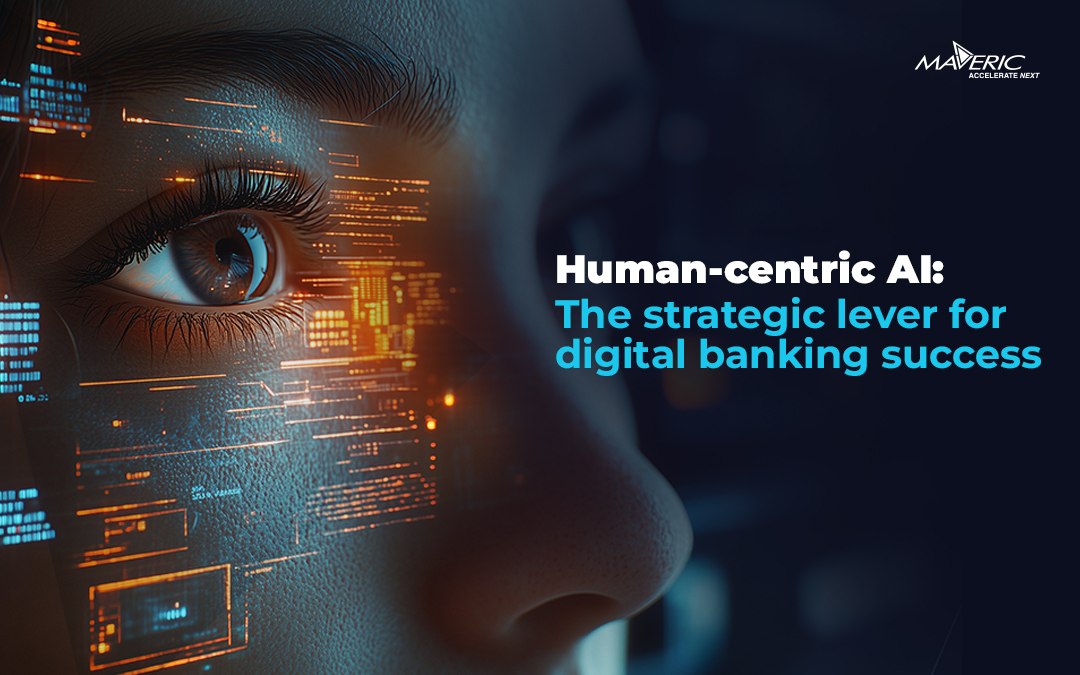The banking industry is getting more and more competitive. Neo-banks are taking over the market and serving customers for about a third of what traditional banks charge. Fintech companies are going after profitable spots in the value chain. Big tech players are a real threat because they have many customers, and a few invest a lot in new ideas, which puts laggards in the shade.
Today banks offer digital and virtual banking because customers expect fast, on-demand service, and employees expect digital tools to be everywhere. At the same time, there is a massive push for digital solutions, like new digital apps, that need access to core banking data and functions. So, banks need to move faster on their plans to digitize. Digitization has become a big problem for most people, and they often have to find workarounds that cause much data to be duplicated. For banks to go digital quickly and well, they need to update their core banking systems (CBS).
Why incumbent banks must update the core
Even before the COVID-19 pandemic started, banks were pressured to cut their IT costs because of low-interest rates. The pandemic worsened this problem as banks rushed to develop new digital IT solutions faster and for less money. When these two trends come together, they have led financial institutions to look for new and more creative ways to update their old IT architecture. Even functional areas that used to be untouchable, like risk, finances, and compliance with regulations, are now being thought about.
Approaches to Modernizing the Core Banking Systems
Big Bang or completely replacing the core with a new set of technologies.
Banks usually do this when they need to replace their core platforms quickly because they are outdated or because of regulations. It requires a lot of data migration, and most of the benefits aren’t seen until the last customer is moved and the old systems are shut down.
Progressive modernization.
Lower in risks, this is what most banks have done. It involves keeping the old platform but making it smaller and smaller as they build a new architecture around it. Many leading banks begin with the most critical customer journeys and sequentially hollow out frequently used functions and rebuild them as microservices.
Greenfield or a new way to do banking built on a new set of technologies. Greenfield is often chosen by CXOs who want to stay ahead of the curve because it lets them launch new products and deliver value quickly. It is often thought to be less expensive and safer than the other options because the existing customer base isn’t put at risk until the idea and technology have been proven.
Decision points for making changes to Core Banking Systems
Time to market.
In today’s crowded market, being able to launch products quickly is a way to outthink the competition. But monolithic architectures (which lead to multiple dependencies and bottlenecks), poorly documented legacy code (which makes it too easy to rely on a small number of subject matter experts), and manual delivery processes make it hard to get products to customers faster.
The cost is more important than ever with a low return on equity.
But technical debt in legacy systems uses up a lot of IT money. Clumsy legacy systems are linked to manual software delivery (such as manual regression testing and deployment) and low straight-through-processing rates (where layers of complexity lead to fragmented and manual operational processes) – both of which keep costs higher than they need to be.
Ecosystems. For making the products and services of the future, partnerships are becoming more and more critical. But current architectures don’t connect to third parties, which would make it easier to come up with new ideas (e.g., property-related services for mortgage buyers).
Personalization.
Customers want a more personalized experience more and more. But banks store data in multiple core systems designed for different products, making it hard to meet each customer’s needs.
Setting up plans for the future.
Getting IT costs down.
Banks can cut costs by making developers more productive and getting rid of technical debt. They can save even more time and money by using cloud-based services (which let them quickly roll out new products and grow their infrastructure) and development tools that make automation possible (DevSecOps).
Getting to market faster.
With the help of hyper-parameterized configuration capabilities, banks can quickly and easily make new products and services. Higher levels of standardization make it easier to use modern tools like automated testing and, as a result, to set up deployment cycles that happen more often.
Data and a customer-centric proposition.
Capabilities in Data and Analytics are fast becoming a critical differentiator. Integration of data sets and a single truth source are possible on modern platforms. These, in turn, make it possible to offer personalized experiences and run advanced analytics in real-time, which helps people make better decisions (e.g., for front-line staff).
Being able to grow through partnerships and develop new ideas.
Ecosystems and other services can be built faster and for less money with the help of new platforms. Modular architectures and APIs make it easier to put things together.
Conclusion
Modernizing the CBS makes it more flexible, which makes it easier for business functions to get to essential data, change prices more quickly, and come up with new ideas to meet current and future customer needs.










